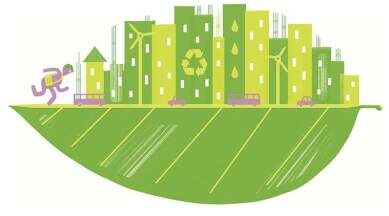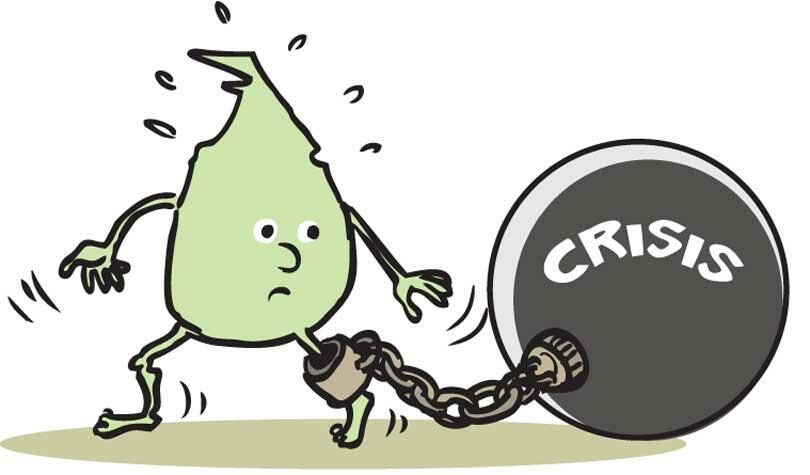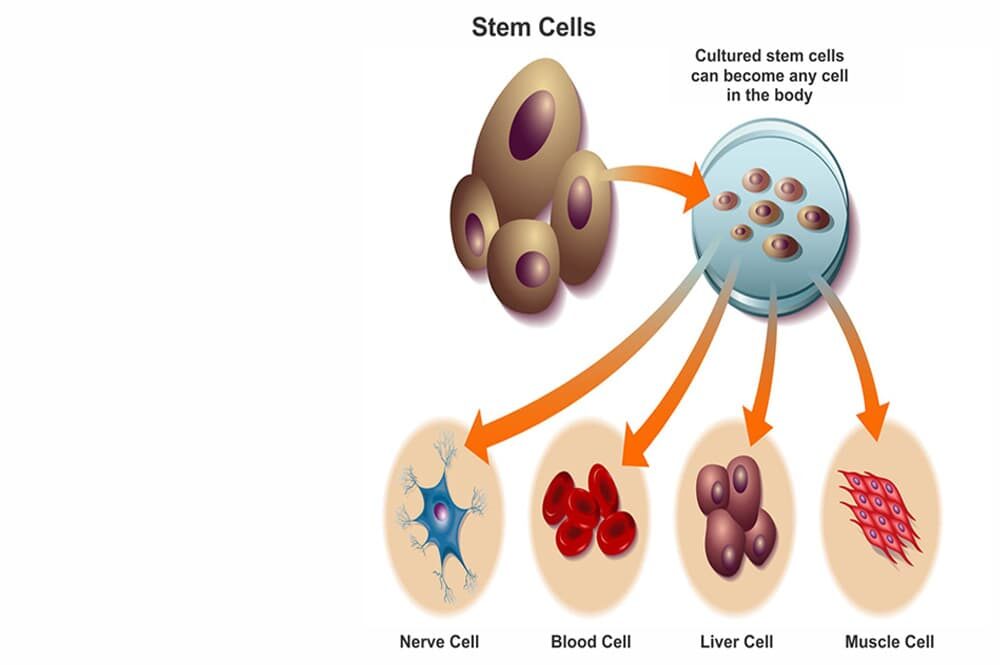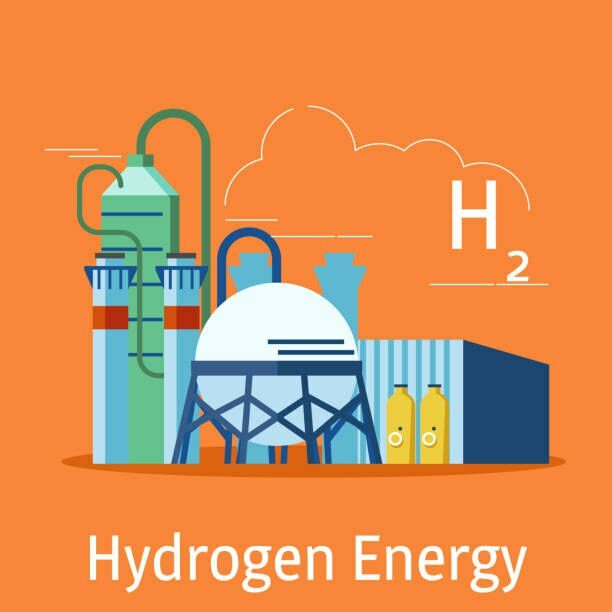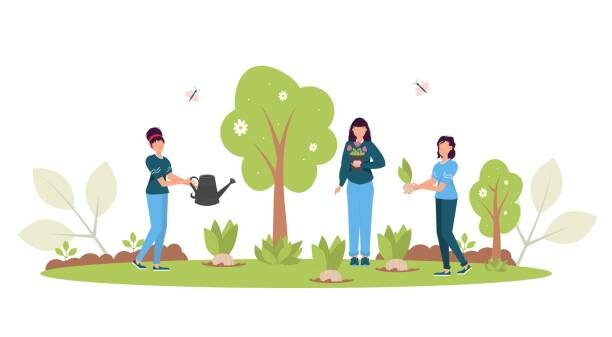PROPOSED AMENDMENTS TO CADRE RULES OF ALL INDIA SERVICES
WHY IN THE NEWS?
Recently, the Union government proposed to amend the cadre rules of All India Services. Initially proposed only for Indian Administrative services, later Indian Police Services and Indian Forest services were also included to amend cadre rules.
ALL INDIA SERVICES
- All India services are one of the novel features of the Indian constitution.
- The All-India Services (AIS) comprises three civil services:
- The Indian Administrative Service
- The Indian Police Service
- The Indian Forest Service
- A unique feature of the AIS is that the members of these services are recruited by the Union government, but their services are placed under various State cadres.
- The allocation to different states after the personnel undergoes training under the union government is called Cadre allocation.
- Though recruited by the union, the service is provided for the states. Salaries and allowances are paid by the state government. For this, the Union government would prescribe the rules for the same to ensure uniformity across the nation.
- The Union government is having regulatory power over All India Services and disciplinary actions are taken by it.
- However, temporary actions such as suspensions can be done by the state government.
- Thus, officers under All India Service are accountable to serve both the Centre and the states.
WHY THIS UNIQUE ADMINISTRATIVE SYSTEM IN OUR COUNTRY?
- Federal principle
India is a quasi-federal polity combining both unitary and federal features. The responsibilities of both Center and State were codified under the Concurrent list under the 7th schedule of the Indian Constitution.
- Maintain Uniformity
The Union government recruits and allocates personnel to different states and enforces unity in diversity.
- Better policy formulation
Temporary deputation of All India Services to work under the Union government is beneficial. Because the direct recruitment of officers at the union level may not have ground-level knowledge. Deputation of officers after having field-level exposure would lead the officers to devise better policies.
BACKGROUND TO ALL INDIA SERVICES
- Presently, the cadre allocation of Indian Administrative Services and Indian Police service under Cadre rules 1954 and Indian Forest Service under Cadre rules 1966.
- These cadre rules would act as the basis for deciding the deputation of All India Services.
- Here the amendments proposed are made to change the cadre rules and not the concerned acts themselves. Therefore, parliamentary approval is not needed.
EXISTING CADRE RULES
- Allocation of officers to various cadres
- The allocation of cadre officers to the various cadres shall be made by the Central Government in consultation with the concerned State Government.
- The Central Government may, with the concurrence of the concerned State Government depute an officer from one cadre to another cadre.
- Deputation of cadre officers
- A cadre officer may, with the concurrence of the State Governments concerned and the Central Government, be deputed for service under the Central Government or another State Government or under a company, association, or body of individuals, whether incorporated or not, which is wholly or substantially owned or controlled by the Central Government or by another State Government.
- The deputation cannot be more than 40% of the cadre strength of concerned state government.
- Procedure for deputation
- The state would have to obtain the list of interested officers who are willing to work under deputation and transfer the list to the union government.
- Those officers who are selected from the pool have to obtain a No objection certificate from the state government.
- The selected workers can work both at the union level and in other states as well for a limited period of time.
- Provided that in case of any disagreement, the matter shall be decided by the Central Government and the concerned State Government shall give effect to it.
- However, when the state government is not agreeing to the chosen list of officers, the entire procedure gets delayed and the Union government cannot take any decision under the cadre rules 1954.
For instance, the Mamata Banerjee-led West Bengal government refused to send three IPS officers on central deputation citing a shortage of IPS officers displayed thesame echo of a similar refusal by then Tamil Nadu Chief Minister J Jayalalithaa in 2001.Consequntly, the Central government has dropped the decision.
- Though the whole procedure implies an overriding power for the union government, once the state government delayed the whole process, the Union government give away its plans of particular deputation.
- Provision regarding maximum period for being out of the cadre and cooling off: –
- Absence from the cadre shall not exceed more than 7 years and out of that seven, an officer can render service for five years continuously.
- There shall be a mandatory “Cooling Off requirement of 3 years after the five years of central deputation.
- After the completion of the regular 30 years of service, the officer can serve under central deputation until their superannuation. If the Union government intends to hold that person for any extra post, the officer can serve further.
- The deputation process is undertaken by the Department of Personnel and Training for IAS officers, the Ministry of Home Affairs for IPS officers, and the Ministry of Environment and climate change for IFS officers.
WHY CENTRAL GOVERNMENT PROPOSED CHANGES TO CADRE RULES?
- Low number – Roughly the country has around 6000 IAS officers, but the officers under central deputation are around 450 officers only. The current estimates were less than 10 % as against 40% under cadre rules in 1954.
- Delayed Procedure-The Union government is claiming that even though officers were interested to undergo central deputation, the state government is not relieving these officers. Therefore, there is a serious shortage of IAS officers at the Union level.
CHANGES PROPOSED
The amendments are proposed to Rule 6 of the (Cadre) Rules,1954
- Each state government shall make the list of available officers for central deputation. Every year, each state shall make the availability of central deputation reserve to the Union government.
- Under the existing rules, only some states were sending their officers for central deputation.
- The state cannot abdicate the responsibility and provide a central deputation reserve to the central government after seeking the consent of concerned officers.
- The Centre will decide the actual number of officers to be deputed to the Central government in consultation with the State and the latter should make eligible the names of such officers.
However, the central government has not made any recommendations about 40 % of cadre strength till now.
- In case of any disagreement between the Centre and the State, the matter shall be decided by the Central government and the State shall give effect to the decision of the Centre.
- if the State government delays posting a State cadre officer to the Centre within the specified time, “the officer shall stand relieved automatically from cadre from the date as may be specified by the Central government.”
- For example: Without state government’s consent, an IPS officer from Tamil Nadu joined the central deputation. Consequently, the Tamil Nadu government suspended the officer as his cadre is Tamil Nadu.
- But now the proposed amendment is giving a specified time period for the state government and the officer gets automatically relieved if the state government fails to act within the required time period.
- In specific situations where services of cadre officers are required by the Central government in “public interest,” the State shall give effect to its decisions within a specified time.
- The union can choose any officer in a special case and the union government have the overriding power if the state government fails to approve the same.
- If the officer is not interested, the Union government might take disciplinary actions against them.
WHY DID MOST STATE GOVERNMENTS REJECT THE PROPOSAL?
- Against the federal principles- The proposed amendments were against the spirit of cooperative federalism.
- Interferes the administrative functioning- Sudden removal of officers from state government disrupts the continuum of policy in the pipeline.
- Arbitrary removal- Central government arbitrarily removes public servants who are biased toward the political executives of the state government.
- For instance: The resignation of the chief secretary of West Bengal when he was called for central deputation.
- Consent of Officers not considered- The proposed amendment compels a state government to offer IAS officers for central deputation even when these officers themselves may not wish to go on central deputation.If the officers are not given consent, the central government might take disciplinary actions against theconcerned officer.
WHY THERE IS A SUDDEN SHORTAGE OF OFFICERS?
- The central deputation is mostly a win-win situation for both central government and state government. The state governments are interested in deputing their own officers to be at the central level because the acquired expertise can be utilized for the development of the state as the officer has well-defined knowledge about the state requirements. The central government is getting experienced officers for better policymaking and the state government is getting required expertise that can be implemented in the state.
- However, the politicization of the deputation process made many officers not abide by the rules and regulations. Finally, it led the central government to propose some amendments to deal with the shortage of personnel at the central level.
- Moreover, the lack of conducive work culture at the central level also demotivates the officer to opt deputation.
WAYS TO DISSOLVE THE CURRENT ISSUE
- Recruitment- Union government should focus on increasing the number of vacancies and timely recruitment of officers to an optimal level.
- Better work culture- It is necessary to design the system to attract officers to the union level. The officers undergoing deputation are already experienced and the mere top-down approach might not attract the officers at the Union level.
- Proper cadre review- Prioritize the strategic positions and allocate the resources according to the importance of departments during the cadre review process.
- Downsizing of central departments- When the same subject is dealt with by both central and state governments such as concurrent lists subjects, subjects under the state list such as Agriculture are also dealt with by the union. So, it is advisable to downsize the departments at the union level. It will also help in avoiding the duplication and wastage of resources.
- Prudent hierarchical postings- It is better to utilize the existing government officers such as Group B officers for at least the lower levels like branches, divisions can reduce the demand for Union level officers.
- Conferred officers- Utilize the service of pooled conferred officers at least to the lower positions can achieve the demand-supply equilibrium of officers.
- Relax the stringent rules – Devise policies and flexible eligibility conditions to serve under the additional secretary/director-like posts. Strict conditions like serving two years under central deputation in between 9 -16 years of the service period may demotivate the concerned officers due to rigid policies.
CONCLUSION
The tussle between Union and state is to be solved through proper deliberations and discussions in the spirit of cooperative federalism by keeping the larger national interest in mind. The state government have to allocate an adequate number of officers for deputation and the union government has to change the work culture to attract the officers at the Union level.
PRACTICEQUESTION
Officers of All India Services are the steel frame of the Indian Administrative System. How do we address the challenges induced as a result of lowering the number of officers at the union level? (150 Words, 10 Marks)


